Researchers
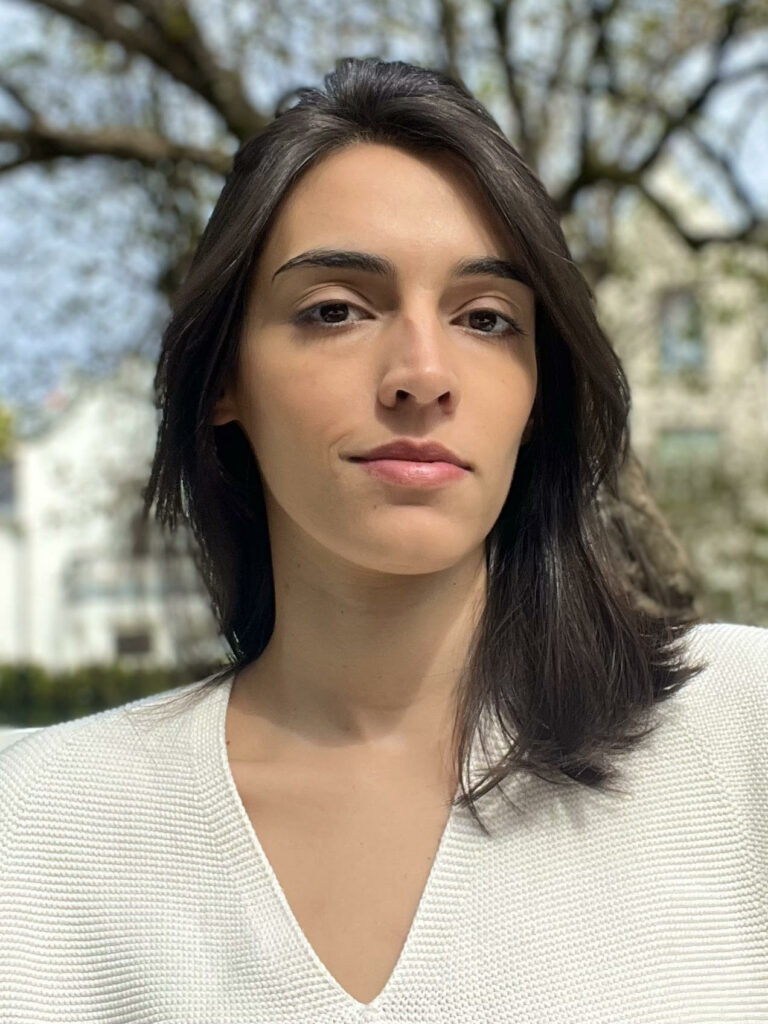
Paula Reis
Researcher, Department of Physics, University of Oslo
My research in PoreLab is centered on immiscible displacement flows in porous media. Using numerical and theoretical models, I am currently investigating the role of pendular liquid structures during drainage in granular media, displacement patterns in isotropic and anisotropic two-dimensional porous media, and invasion front characteristics in three-dimensional homogeneous media. Overall, the investigated topics could be relevant to significant societal problems, such as water management in soils and subsurface gas storage.
E-mail: paula.reis@mn.uio.no
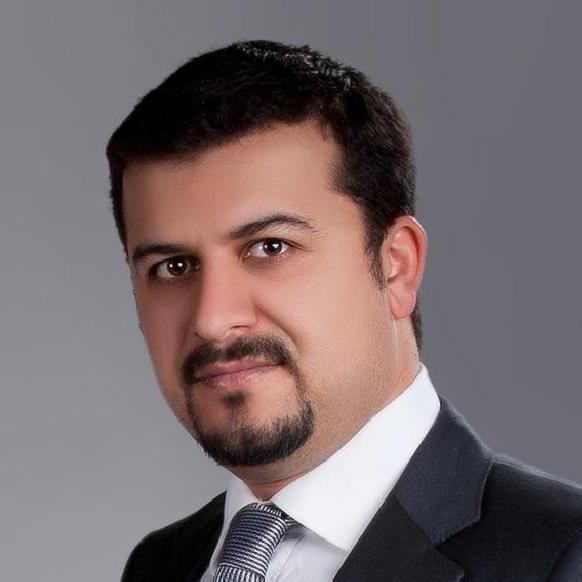
Seyed Ali Ghoreishian Amiri
Researcher, Department of Civil and Environmental Engineering
Norwegian University of Science and Technology (NTNU)
E-mail: mailto:seyed.amiri@ntnu.no
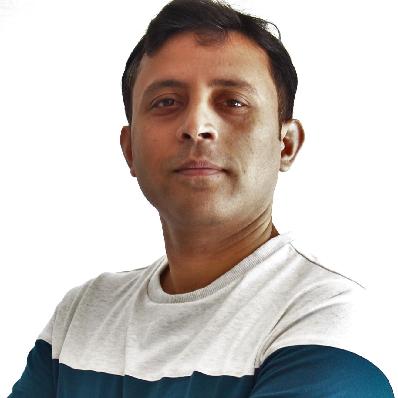
Basab Chattopadhyay
Researcher, Department of Physics
Norwegian University of Science and Technology (NTNU)
E-mail: basab.chattopadhyay@ntnu.no

Santanu Sinha
Researcher, Department of Physics
Norwegian University of Science and Technology (NTNU)
E-mail: santanu.sinha@ntnu.no
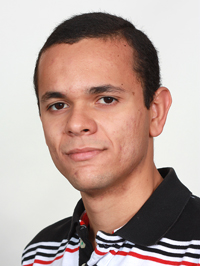
Marcel Moura
Researcher, Department of Physics, University of Oslo
E-mail: marcel.moura@fys.uio.no
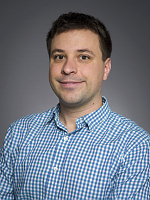
Fabian Barras
Researcher, NJORD Center for studies of the Physics of the Earth, University of Oslo
E-mail: fabian.barras@mn.uio.no
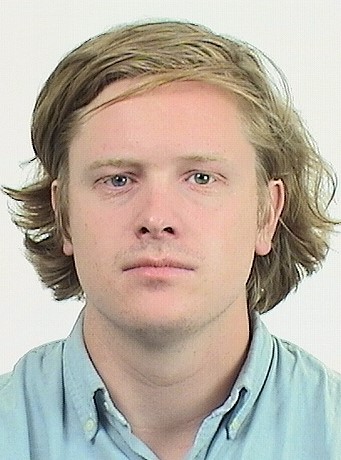
Gaute Linga
Researcher, NJORD Centre for Studies of the Physics of the Earth
University of Oslo (UiO)
E-mail: gaute.linga@mn.uio.no
Postdoctoral Fellows
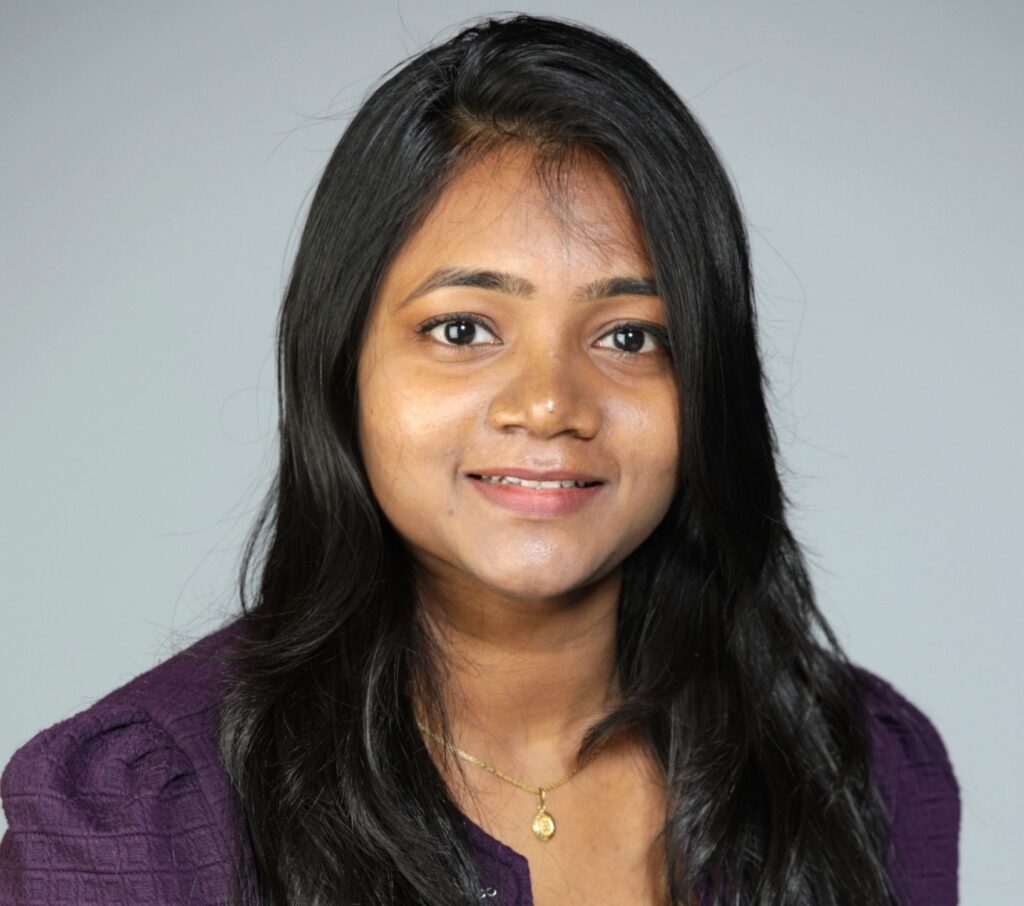
Pooja Singh
Department of Physics, Norwegian university of Science and Technology (NTNU)
I joined PoreLab as a postdoctoral fellow in October 2025. My postdoctoral research focuses on the complex dynamics of immiscible fluid flow in porous media, aiming to experimentally validate theoretical frameworks developed under the European Research Council project AGIPORE, CORDIS 101141323. This theory, based on a statistical mechanics approach, derives effective equations governing multiphase flow in which emergent variables and thermodynamic-like relations arise from linking pore-scale physics to continuum-scale behaviour. In this context, my work focuses on examining the experimental consequences and validity of this theory, aiming to link pore-scale flow mechanisms to continuum-scale dynamics for a comprehensive understanding of multiphase flow and transport in porous media. To this end, I will design and fabricate 3D printed model porous media that enables systematic experimental investigations of multiphase flow. Advanced imaging and quantitative analysis techniques, particularly Particle Image Velocimetry (PIV), will be employed to resolve velocity fields, interfacial dynamics, and phase distributions, thereby providing detailed insights into the dynamics of multiphase flow in complex porous structures.
E-mail: pooja.singh@ntnu.no
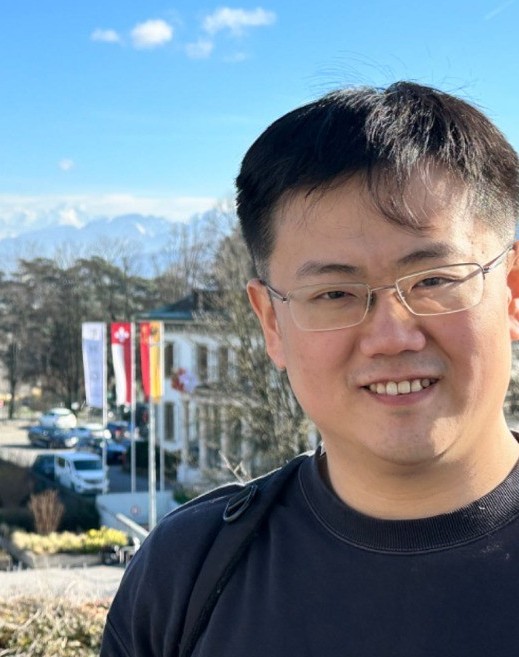
Fufang Yang
Department of Chemistry, Norwegian University of Science and Technology (NTNU)
My research focuses on thermodynamic property models for complex fluid mixtures in energy applications. My project is InterCorr (MSCA postdoctoral fellowship) investigates interfacial effects on the electrolyte systems related to corrosion in CCS systems. The project is highly relevant for corrosion under highly porous insulation materials.
E-mail: fufang.yang@ntnu.no
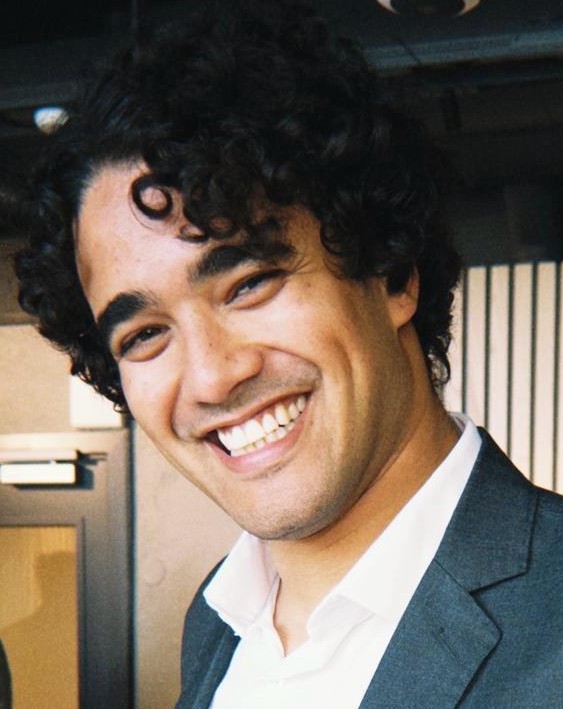
Vitor Heitor Cardoso Cunha
Department of Chemistry, PoreLab, NTNU, Trondheim, Norway
I am a scientist and engineer specializing in the study of complex fluid systems. My work focuses on wetting, capillarity, and liquid–vapor phase transitions at small scales. I use computational methods such as density functional theory, molecular dynamics, and continuum models to analyze how surfaces, interfaces, and material properties affect fluid behavior.
My expertise lies in linking thermodynamics with fluid mechanics to describe adsorption, transport, and stability across a wide range of pressures, temperatures, and length scales. Current interests include low-temperature fluid behavior, the effects of surface aging, and the role of molecular interactions in interfacial processes.
Email: vitor.h.c.cunha@ntnu.no
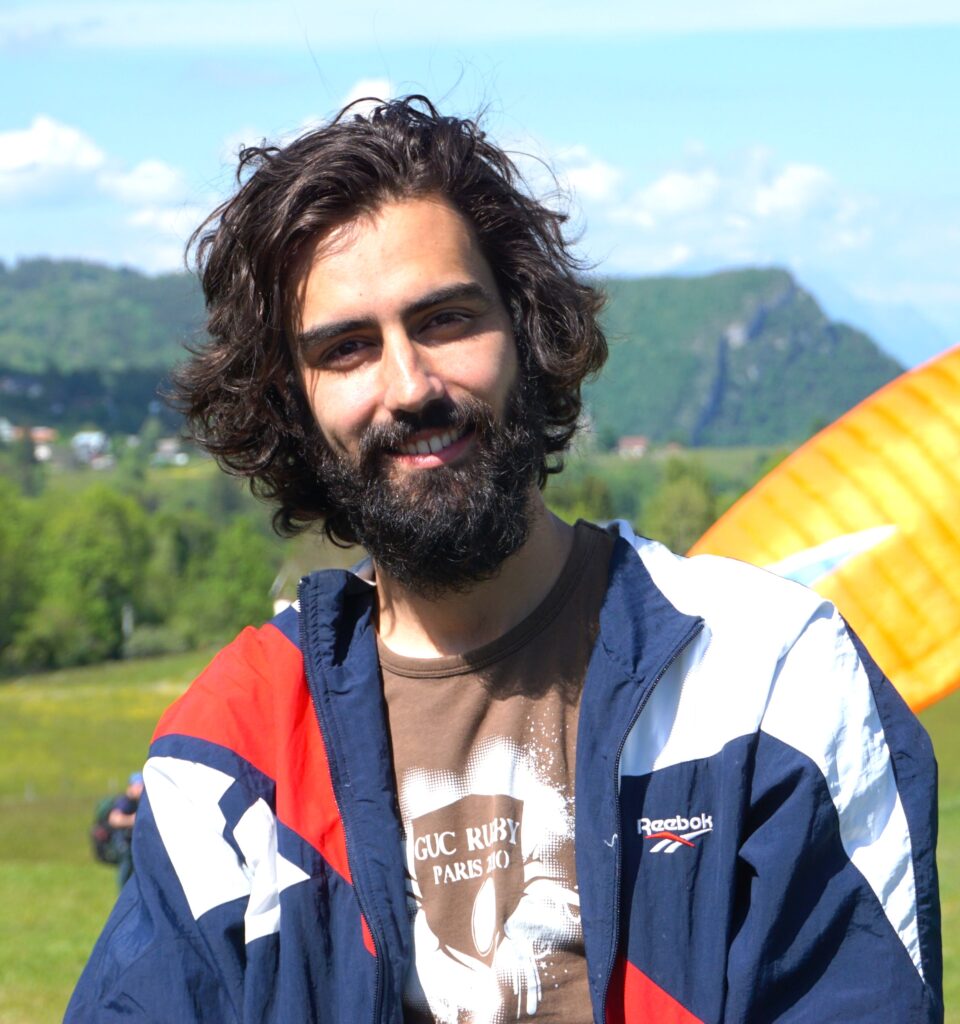
Antoine Dop
PoreLab, University of Oslo
I study granular materials and pattern formation processes using a combination of numerical simulations and laboratory experiments. During my masters I started studying granular materials through an internship in a metamaterials laboratory at university of Amsterdam where I investigated the behaviour of a packing of auxetic grains. I spent six months in PoreLab during another internship during which I studied frictional fingers in a gravitational potential. I defended my PhD in July 2024 at the physics laboratory at ENS de Lyon in France. During my PhD, I described and characterized a surface instability that leads to the formation of ripples when a solid is dragged across a granular bed, and I developed an expertise in discrete elements method simulations of granular materials. I used my simulations in a collaboration with a Brazilian professor in a research project involving the flow of a mixture of magnetic and non magnetic grains on an inclined plane, during which we characterized the aggregation and segregation of the magnets. I started my postdoc in October 2024, and I am resuming previous experiments and simulations on frictional fingers, as well as other research projects involving magnetic grains.
E-mail: antoine.dop@fys.uio.no
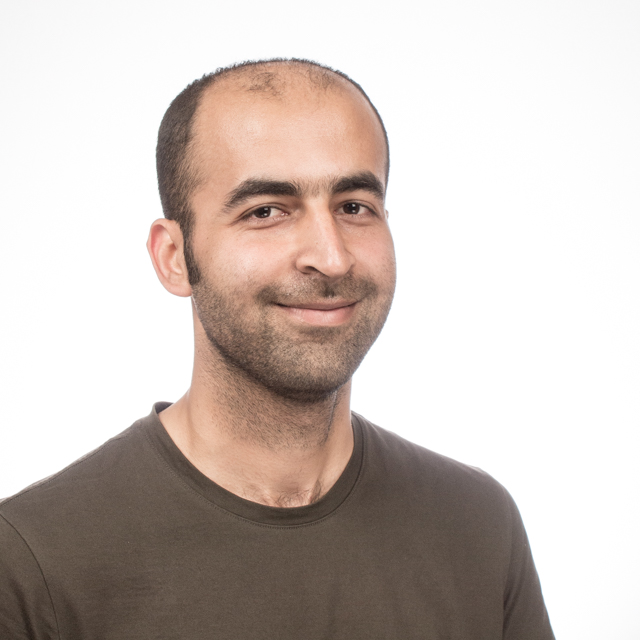
Farid Aligolzadeh
Department of Chemistry, PoreLab NTNU, Norway
Farid is interested in a wide range of topics within thermo-fluids science, i.e. fluid mechanics, heat transfer, and thermodynamics. He likes to combine numerical, experimental, and analytical methods to address fundamental questions in thermo-fluids, which are crucial for understanding natural phenomena and engineering applications. Currently, Farid is a Postdoctoral Research Fellow at NTNU Department of Chemistry and PoreLab–Centre of Excellence working with Professor Øivind Wilhelmsen, primarily on the European Research Council (ERC) funded project InterLab, “Unravelling the fundamentals of transport across the vapor-liquid interface”.
Academic background
- Philosophiae Doctor (PhD) in Thermo-Fluids (Turbulence), Department of Energy and Process Engineering (EPT), Norwegian University of Science and Technology (NTNU), Trondheim, Norway, 2020-2024, Thesis title: Studies of Turbulence in a von Kármán Swirling Flow, Supervisor: Professor James R. Dawson
- Master of Science (MSc) in Mechanical Engineering (Thermo-Fluids), Department of Mechanical Engineering, Sharif University of Technology, Tehran, Iran, 2016-2018, Thesis title: CFD Simulation and Shape Optimization of Supersonic Ejectors for Refrigeration Applications, Supervisor: Professor Ali Hakkaki-Fard
- Bachelor of Science (BSc) in Mechanical Engineering (Thermo-Fluids), Department of Mechanical Engineering, University of Tabriz, Tabriz, Iran, 2011-2015
Supervisor: Professor Øivind Wilhelmsen
E-mail: farid.aligolzadeh@ntnu.no

Quirine Eibhilin Krol
Department of Physics, PoreLab NTNU, Norway
Quirine is an awardee for the EU MSCA (Marie Sklodowska-Curie Actions) Postdoctoral fellowship. She holds a PhD in Civil and Environmental Engineering from EPFL, Switzerland, and a MSc in Theoretical Physics from Utrecht University, The Netherlands. Quirine’s project involves 2 partners: PoreLab at NTNU and the Montana State University in Bozeman, USA.
Supervisor: Alex Hansen
E-mail: quirine.e.krol@ntnu.no
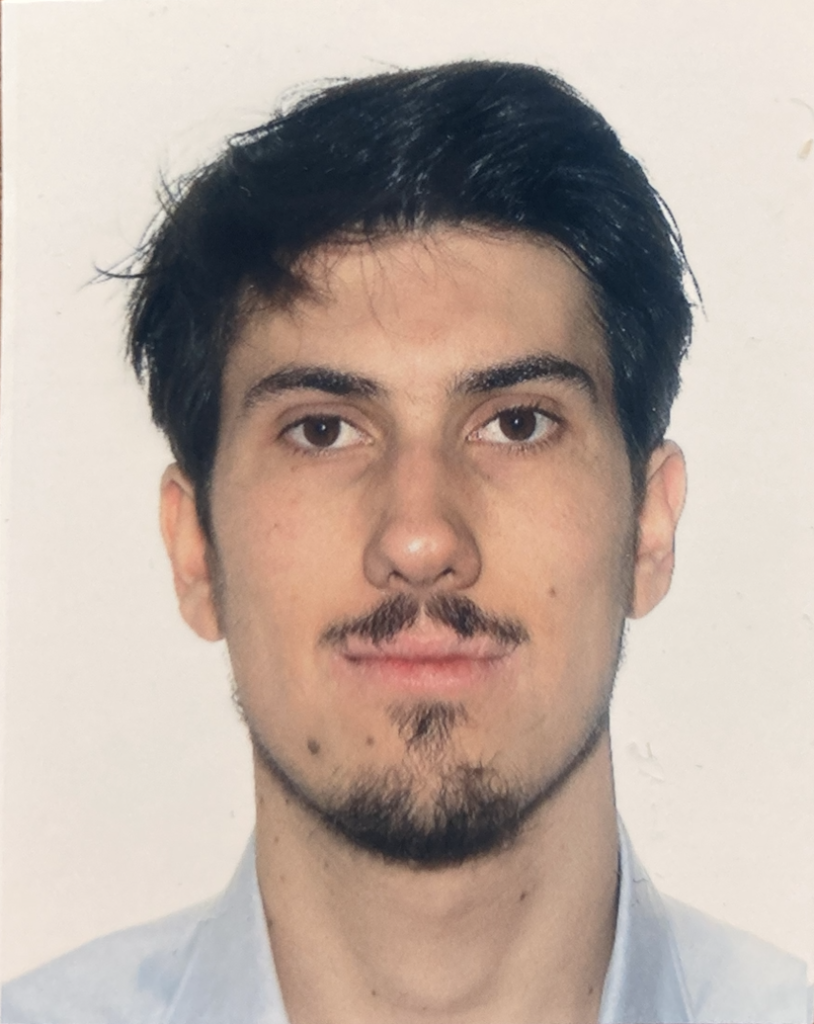
Federico Lanza
PoreLab, University of Oslo
Federico started as a postdoctoral fellow with PoreLab at UiO in January 2024. He will be working on the flow of complex fluids in porous media, with a focus on non-Newtonian fluids. Numerical simulations will be performed, adopting different models and methods to solve the nonlinear equations governing the flow. Experimental studies will also be involved, where the flow of polymeric solutions in 3D-printed porous media is investigated, with the goal of comparing the laboratory results with the theoretical predictions.
E-mail: federico.lanza@fys.uio.no
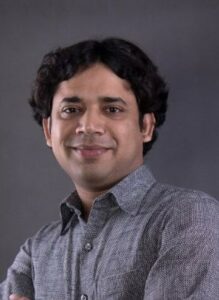
Khobaib Khobaib
Department of Physics, University of Oslo
Khobaib started his Postdoc at PoreLab/The Njord center on September 1st, 2022. He has been at Njord as a guest researcher from November 2021 to May 2022. He got his PhD in soft matter physics from Adam Mickiewicz University (UAM) in Poznan, Poland. At UiO he will be working on two-phase in porous materials with the controlled disorder.
E-mail: khobaibk@fys.uio.no
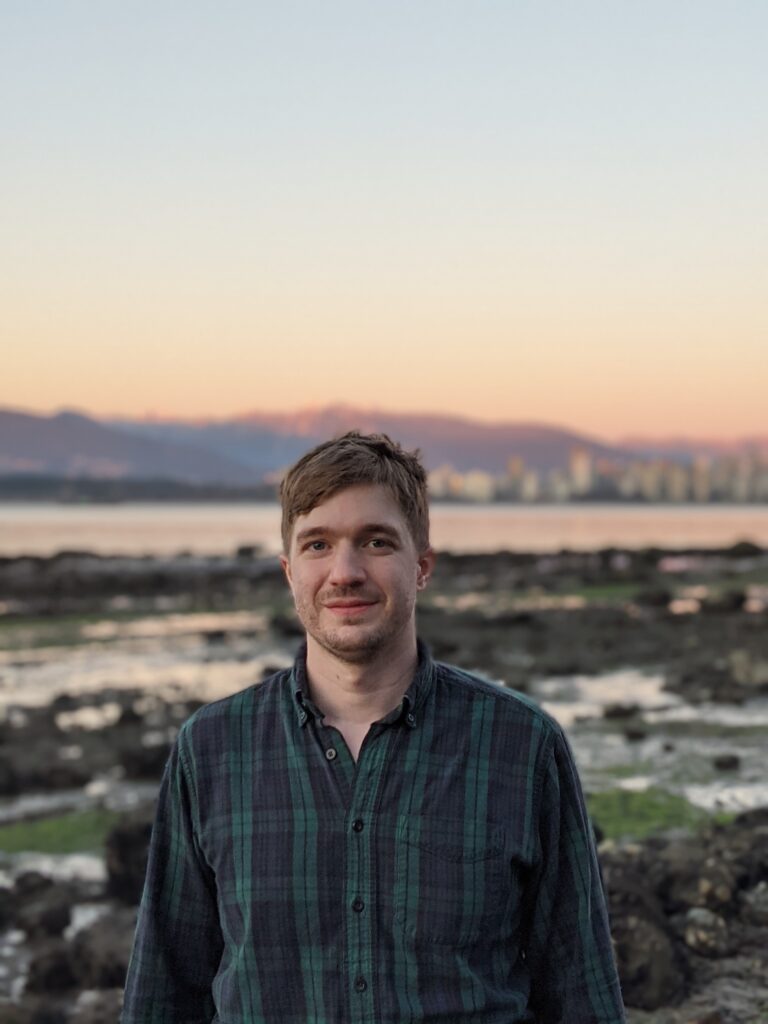
Kevin Pierce
The NJORD Centre for Studies of the Physics of the Earth, University of Oslo
I am a new postdoctoral researcher at Porelab and the Njord centre brought on to study mixing phenomena in porous media flow. I am educated in multiple disciplines, with PhD training in geomorphology and hydrology, and MSc training in statistical and condensed matter physics. My ambition at Njord is to work between these disciplines to produce new understanding of fluid mixing below Earth’s surface.
Supervisors: Gaute Linga
E-mail: kevin.pierce@mn.uio.no
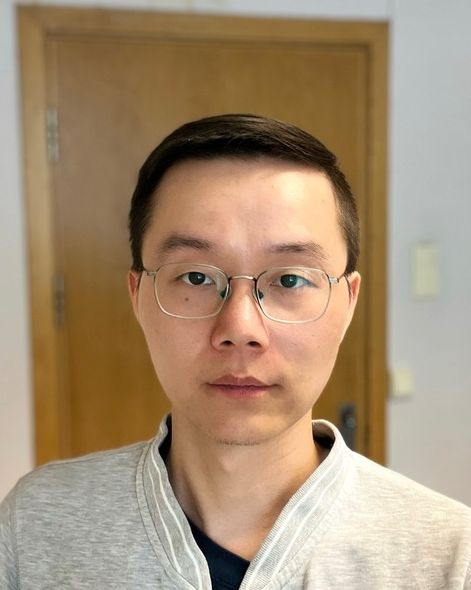
Ge Li
Department of Mechanical and Industrial Engineering, NTNU
E-mail: ge.li@ntnu.no
PhD Candidates
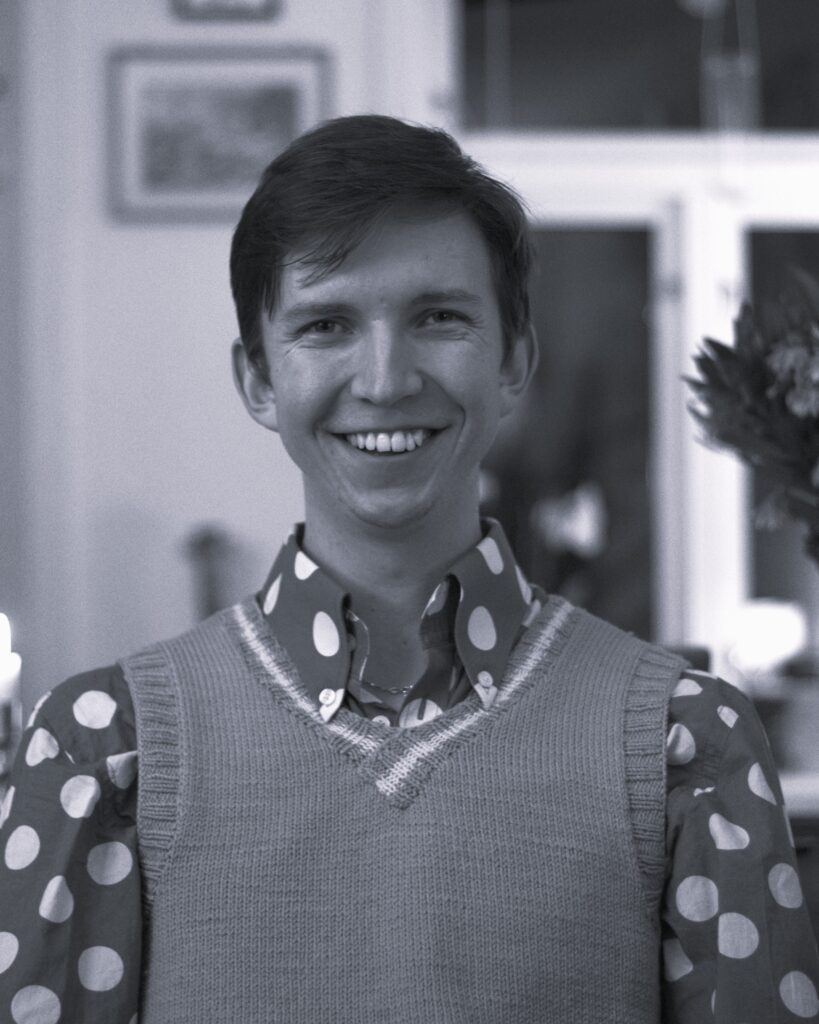
Anders Daltveit Melve
Department of Physics, NTNU
My PhD project is part of the ERC-funded project AGIPORE: A Statistical Mechanics Framework for Immiscible Two-Phase Flow in Porous Media, a project that aims to develop new and improve current methods to help predict fluid movement across different length scales. This approach is based on information theory and hydrodynamics, and requires the introduction of a type of entropy, the physical interpretation of which will be a central task. So too will the interpretation of several emergent properties that result from the statistical mechanics upscaling. Two-phase flow in porous media is a field of great importance to many diverse applications, including aquifer replenishment and CCS. Accordingly, knowledge of how physics at the pore scale impacts large-scale dynamics will prove very beneficial.
Supervisor: Professor Alex Hansen
Co-supervisor: Dr. Santanu Sinha
E-mail: anders.d.melve@ntnu.no

Mohammad Hassan Taleghani
Department of Geosciences, NTNU
My PhD project is aimed at deepening our understanding on multi-phase fluid flow description at pore level using pore scale imaging with a microCT scan. The objective of the PhD work is to describe multiphase fluid flow and preferential flow path in granular media using entropy as flow description for the purpose of prediction and quantification of spatial fluid distribution during different flow conditions and porous media characteristics.
Supervisor: Associate Professor Antje van der Net
Co-supervisors: Professor Carl Fredrik Berg and Professor Alex Hansen
Email: mohammad.h.taleghani@ntnu.no
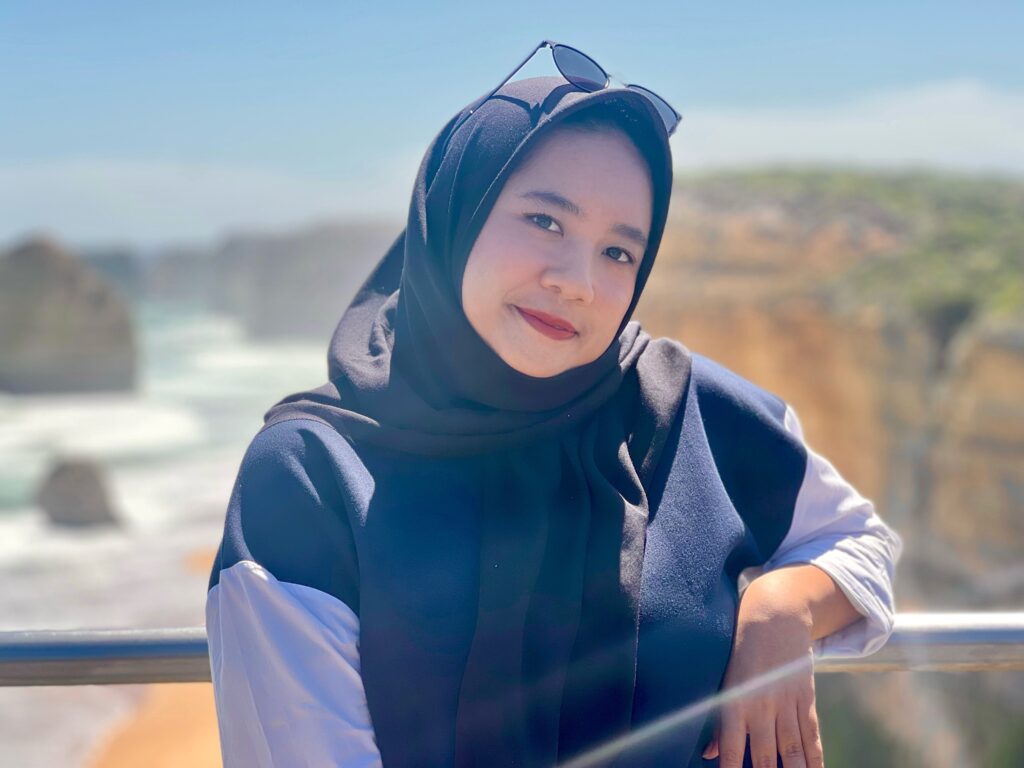
Anisa Nugrahaningtyas
Department of Geosciences, NTNU
My PhD research focuses on how core handling and cleaning procedures influence wettability in porous media. Using advanced Mass Spectrometry (MS) techniques, I aim to reduce uncertainties in Special Core Analysis (SCAL) by investigating oil-rock interactions at the molecular level and improving the reliability of laboratory measurements under reservoir-representative conditions.
This project is part of the TeSCAL initiative and is a collaborative effort between NTNU, SINTEF’s Reservoir & Geology and Mass Spectrometry groups, and the University of Eastern Finland’s Department of Chemistry. Conducted in close partnership with Equinor and Aker BP, it targets strategic core studies relevant to the Norwegian Continental Shelf. By integrating experimental workflows with high-resolution chemical analysis, my research aims to redefine how wettability is characterized, enabling more accurate, reproducible, and field-representative SCAL data for improved reservoir evaluation and decision-making.
Supervisor: Antje van der Net
Co-supervisor: Carl Fredrik Berg
Email: anisa.nugrahaningtyas@ntnu.no

Johannes Løken
Department of Chemistry, NTNU
My PhD project is part of the ERC-funded project Interlab: Unravelling the fundamentals of transport across the vapor-liquid interface, which aims to improve our understanding of transport phenomena across vapor-liquid interfaces. Our goal is to improve the current models of e.g. evaporation rates, and to better understand the heat-transfer mechanisms that occur at the microscopic scale.
Accurate models of vapor-liquid interfaces are essential when describing a wide range of systems. These include climate-models describing evaporation of lakes and oceans, modelling of micro/nanofluidic devices, and distillation modelling.
Supervisor: Øivind Wilhemsen
E-mail: Johannes.loken@ntnu.no
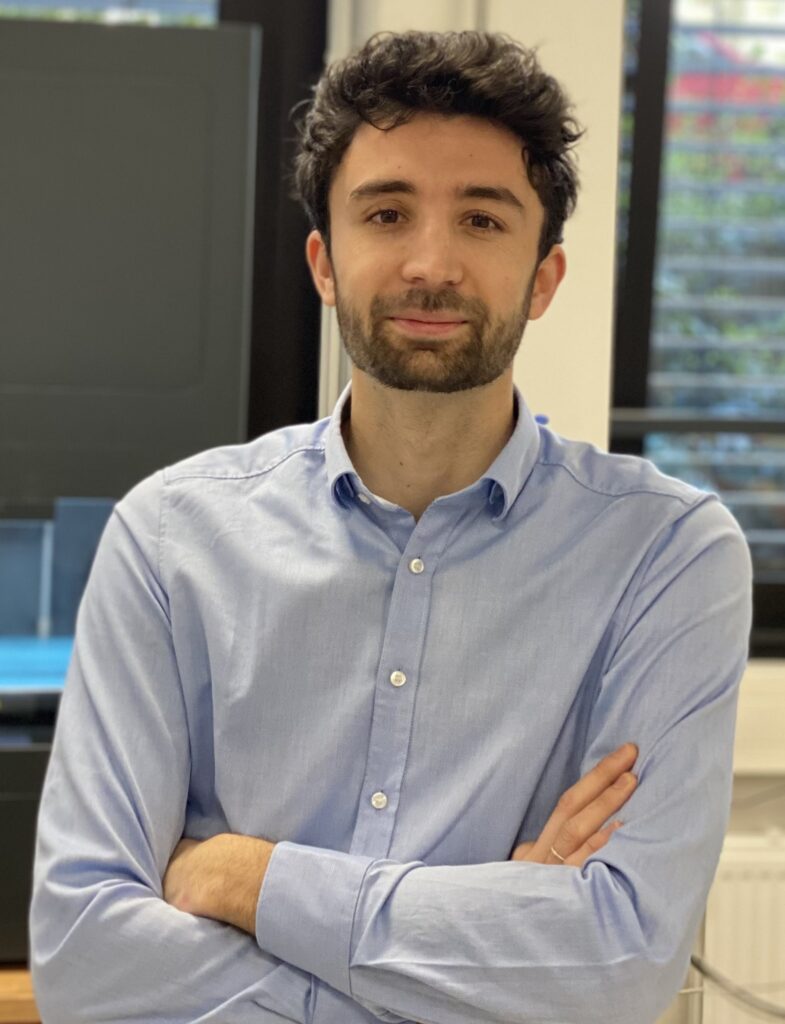
Yann Dumay
Department of Physics, NTNU
Understanding how fluids move through porous materials is central to many natural and industrial processes, yet traditional models struggle to describe the complex behaviour of multi-phase flow under non-equilibrium conditions. During this PhD project, we will experimentally investigate whether concepts from statistical mechanics can be extended to describe steady-state two-phase flow in porous media. Using microfluidic devices and 3D-printed porous structures, we experimentally track flow fluctuations at the microscale and explore whether a thermodynamic-like framework can be applied. Special attention is given to defining and testing the physical meaning of new intensive variables like “agiture,” a proposed temperature analogue that governs flow variability. The work includes imaging-based measurements, micro-PIV velocimetry, and entropy estimation via fluctuation statistics. The aim is to bridge the gap between microscopic flow behaviour and macroscopic transport models.
Supervisor: Erika Eiser
E-mail: yann.dumay@ntnu.no
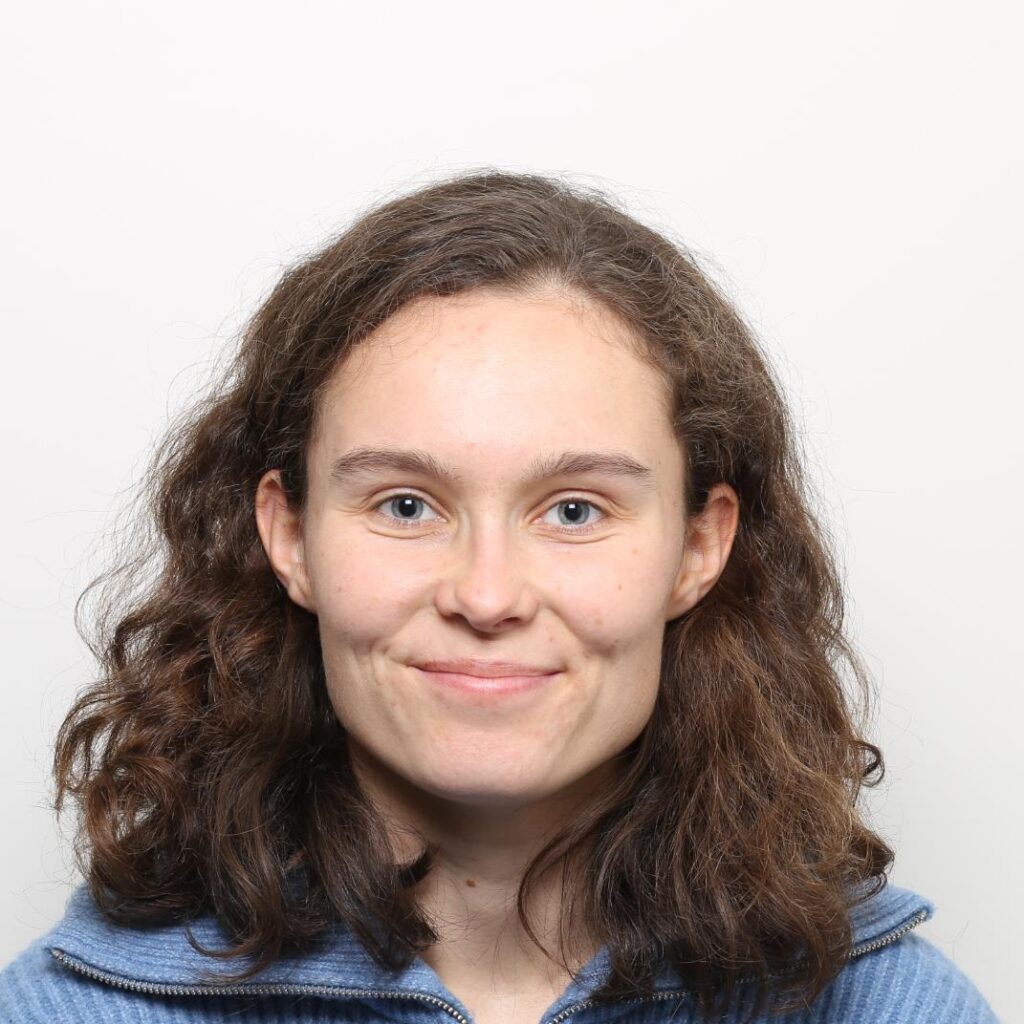
Sigrid Ausnmo
Department of Chemistry, NTNU
My PhD project is aimed at deepening our understanding and improving our ability to model the thermodynamics relevant for offshore ammonia leakage scenarios and is a part of the SafeAm project https://www.sintef.no/en/projects/2023/safeam__increased_safety_of_ammonia_handling_for_maritime_operations/.
Ammonia will partially dissolve in water and introduce electrolytes in the system. Since ions have a net charge the interactions between ions are long ranged and drastically complicates the system and thermodynamic properties. My work will therefore be focused on electrolyte systems, investigating activity coefficients models such as the eNRTL model as well as investigating the liquid-vapor interfaces of such systems.
Supervisor: Øivind Wilhemsen
Email: sigrid.aunsmo@ntnu.no
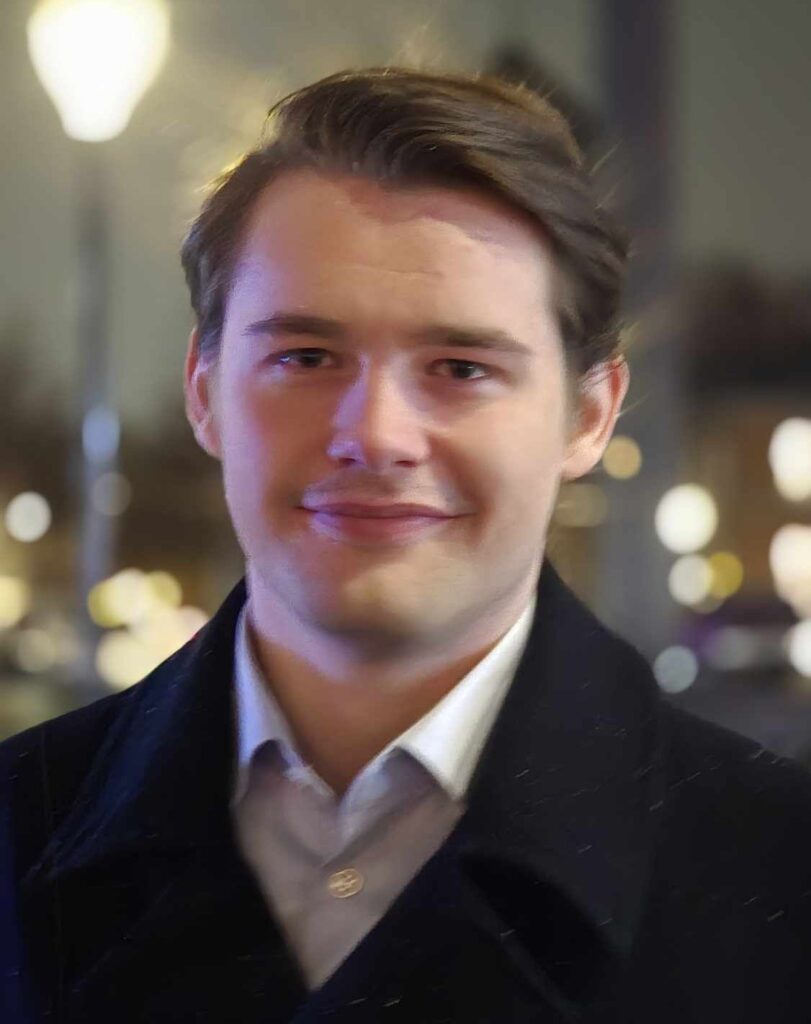
Bjarte Matre
Department of Physics, NTNU
The flow of fluids in porous media on large scales is determined by the physics of flow on the pore scale. Simulating flow in individual pores is feasible on small scales, but computationally too intensive on large scales.
My project will focus on deriving large scale behavior from pore scale physics. I will investigate a simplified pore model of two-phase, immiscible, flow where a bubble train of a wetting fluid and less wetting fluid will flow together in a pipe as bubbles. The pipe will enter a T-junction splitting the flow in two and will be joined again into a single pipe. This structure will be repeated, creating a simple one-dimensional model for a porous medium. This simplified model may be extended to a two-dimensional mesh where the findings of the one-dimensional model may help analyze this more complex system.
Supervisors: Alex Hansen and Carl Fredrik Berg
Email: bjarte.matre@ntnu.no
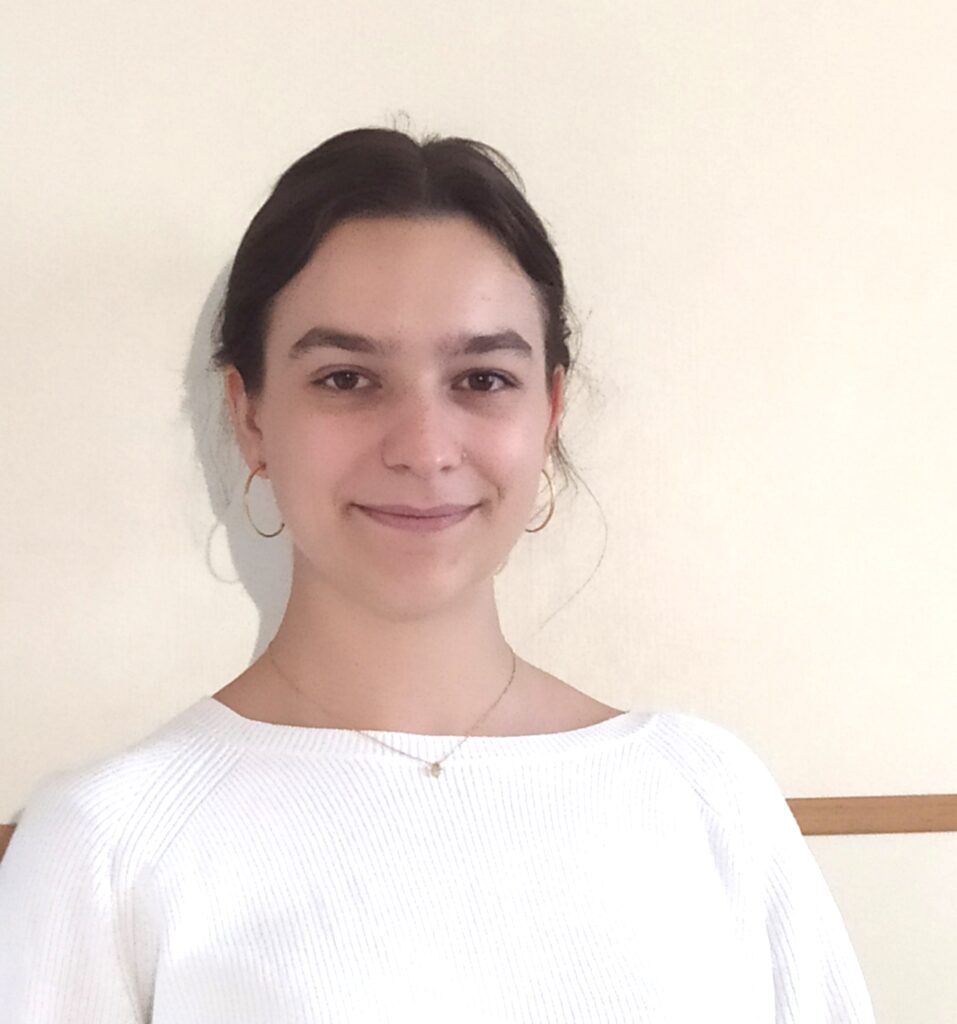
Maud Viallet
PoreLab, University of Oslo
I am a PhD student in cotutelle with the University of Oslo and the Ecole Normale Supérieure de Lyon (France). I work in PoreLab on viscous flows in porous media and on dry magnetic granular media in LPENSL (Laboratoire de physique de l’Ecole Normale Supérieure de Lyon). During my master’s, I studied the discharge of magnetic particles in a quasi 2D silo. I was especially interested in the slowing down flow rate due to the magnetic field which increases the effective friction in the system.
E-mail: m.d.e.viallet@fys.uio.no
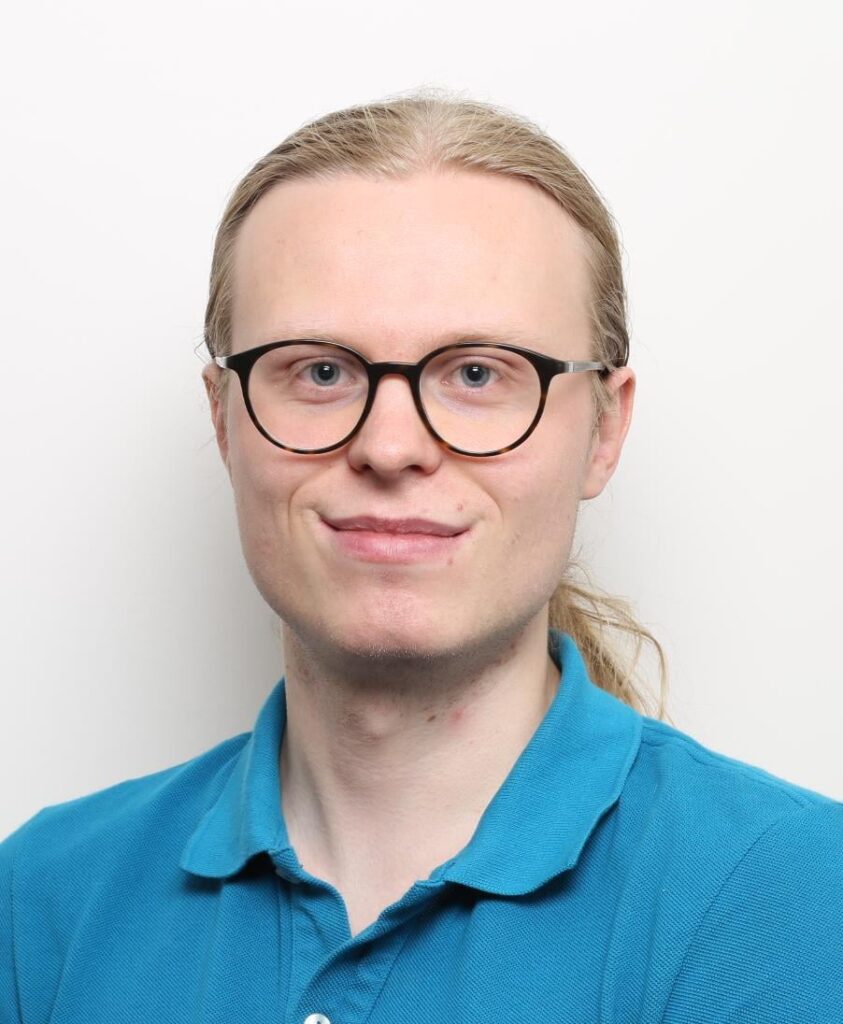
Jonas Bueie
Department of Chemistry, NTNU
Understanding gas-liquid interfaces is crucial to understanding many physical and chemical systems. From the formation of raindrops and evaporation of seawater in large-scale climate models, to transport of compressed CO2, gas-liquid interfaces are of significant importance. Current theories vastly overpredict the evaporation rate at such interfaces.
In my PhD project, I will use molecular dynamics simulation and non-equilibrium thermodynamics to study transport phenomena across liquid-gas interfaces. The main goal is to improve current estimates of the evaporation rates at the interfaces. Furthermore, we wish to provide an explanation for said temperature gaps that is aligned with experimental observations.
The PhD project is part of the InterLab ERC Starting Grant.
Supervisors: Øivind Wilhelmsen
E-mail: jonas.bueie@ntnu.no
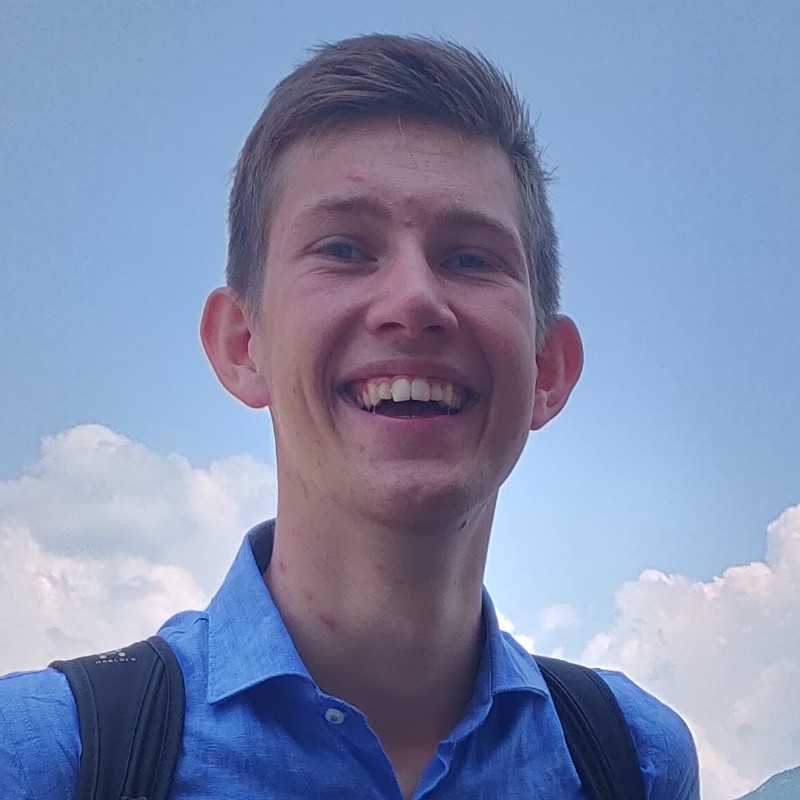
Andreas Andersen Hennig
Department of Physics, NTNU
My PhD project is aimed at understanding flow of particles dispersed in a fluid, through porous media. Dispersions can both be gravitationally driven (like sand particles in water) or colloidal, like aerosols, emulsions, polymers, foams and gels. Their complex dynamics and flow properties through porous media are not well understood, and are hard to model due to the non-newtonian behavior.
I will mainly look at this problem by doing experiments and simulations. I will implement a new, promising technique called Differential Dynamic Microscopy to do local diffusion measurments, with potential in studying gelation processes, DNA-functionalised colloids and microrheology measurments. An advantage is the possibility to make these measurments below the diffraction limit, enabling studies on nanoscale systems with a fairly simple experimental setup. These are systems with surprising applications, both in research and in technology. Quick clays are examples of nanoporous materials whose behavior is hard to predict with our current understanding. Another application is the ion transport in the porous cathode material in the li-ion batteries we find in our everyday technological devices. Finally, understanding their importance in biological systems offer the opportunity to mimic the filtration mechanisms in porous membranes, which can be used in drug delivery systems and other medical devices.
Supervisors: Erika Eiser and Raffaela Cabriolu
E-mail: andreas.a.hennig@ntnu.no
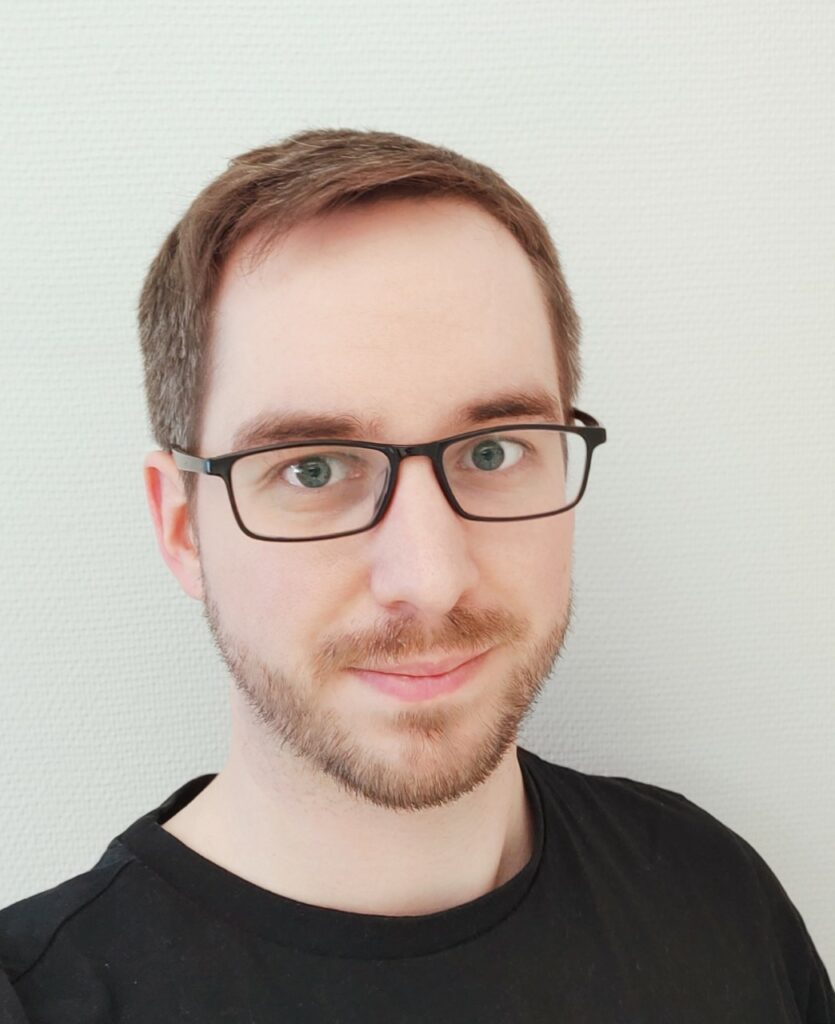
René Tammen
Department of Physics, NTNU
Quick clay formations are prevalent in Norway due to the Pleistocen-Holocene transition. When
disturbed, the clay liquefies and can result in catastrophic landslides. To prevent such events, limecement
deep mixing technology is used for ground stabilization, but it has a high carbon footprint. To
develop a sustainable alternative, a thorough understanding of the stabilization process on all scales is
necessary.
The primary goal of my PhD project is to attain a detailed understanding of the interactions between
clay particles and ion diffusion within the pore structure at a sub-micron scale. This will be
accomplished through experimental investigations of clay-suspension stabilization, in conjunction with
team members of the Sustainable Stable Ground project, where we develop Molecular Dynamic (MD)
and Brownian Dynamics (BD) models. The experiments will comprise, among others, zeta potential
and rheological studies, and the effect of the addition of various additives will be explored to stabilize
those suspensions. This fundamental knowledge should inform the simulations on particle level, and
thus pave the way to the understanding and upscaling to macroscopic behavior of illite-rich ground and
how to develop efficient, sustainable stabilization mechanisms.
Supervisor: Erika Eiser
E-mail: rene.tammen@ntnu.no
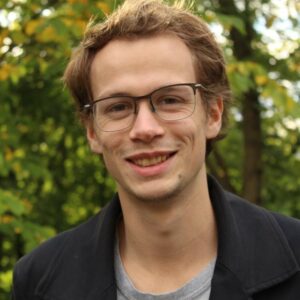
Tage Malty
Department of Chemistry, NTNU
During my Ph.D. I will investigate Novel quantum refrigerant mixtures for energy efficient hydrogen liquefaction. The main goal will be to develop new, accurate molecular based thermodynamic models for quantum mixed refrigerants.
Large-scale transport across long distances requires that hydrogen is in a dense phase. A promising candidate, both from a cost and energy point-of-view is liquid hydrogen (LH2), as it gives superior flexibility in the receiving end with respect to purity, pressurisation, distribution, and usage. The energy requirement for this process is large, but a key enabler for reducing this energy requirement is the utilization of quantum refrigerants, consisting of H2, neon, and helium.
Several areas will need to be addressed during the project to learn more about these refrigerants. The topics of research will be to map the risk of solid-formation of neon at the lowest temperatures, improve upon the “SAFT-VRQ Mie” equation of state (EOS) for lower temperatures, apply square gradient theory to refrigerants to determine the surface tensions of these fluid mixtures, and to perform molecular simulations of refrigerants using quantum path integral sampling.
Supervisor: Professor Øivind Wilhelmsen and co-supervisors: Morten Hammer and Associate Professor Ander Lervik
E-mail: tage.maltby@ntnu.no
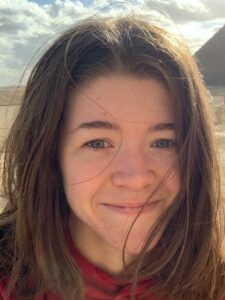
Elizaveta Sidler
Department of Physics, NTNU
My PhD project is dedicated to the study of the process of biomineralization by computer simulation method. Biomineralization can be defined as the crystallization of certain minerals in the presence of biogenic compounds (proteins, amino acids etc.). Complex organic-inorganic structures in the form of sea shells and bones arise as a result of biomineralization. This process is still little studied, includes many stages, and can’t be described by existing theories. Many experiments have been carried out to investigate the process, but computer simulation has advantages, as it allows you to study the earliest stages of biomineralization, as well as comprehensively explore the process at the molecular level and ultimately derive the concepts, principles of biomineralization. The object of my research is calcium carbonate in the water environment. I started by studying three polymorphs of calcium carbonate – calcite, vaterite and aragonite, their stability and role in the crystallization process. Molecular dynamic with various force-fields and advanced techniques as umbrella sampling and RETIS will be applied to the study.
Supervisor: Associate Professor Raffaela Cabriolu and co-supervisor: Erika Eiser
E-mail: elizaveta.sidler@ntnu.no
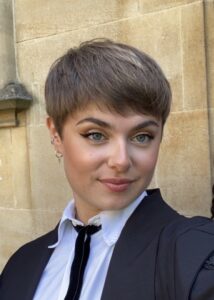
Ilaria Beechey-Newman
Department of Physics, NTNU
My PhD project will be experimentally investigating the anomalous diffusion of heat in nanoporous media during heat-thaw cycles. The primary aim of this will be to verify theory on the topic developed by other members of PoreLab.
This will be achieved using carefully designed model colloid networks, of known pore size distribution, to create a porous medium that allows the study of flow of complex fluids and gases through them in the lab. These systems will be analysed using advance light scattering techniques, and simple thermo-couple measurements.
Understanding of such systems will be important in the development of novel membrane materials for use in a wide range of technologies, including but not limited to: bioartificial membranes and organs for application in medicine, and cathode materials for rechargeable lithium-ion batteries.
Supervisor: Erika Eiser and co-supervisor: Associate Professor Raffaela Cabriolu
E-mail: ilaria.beechey-newman@ntnu.no
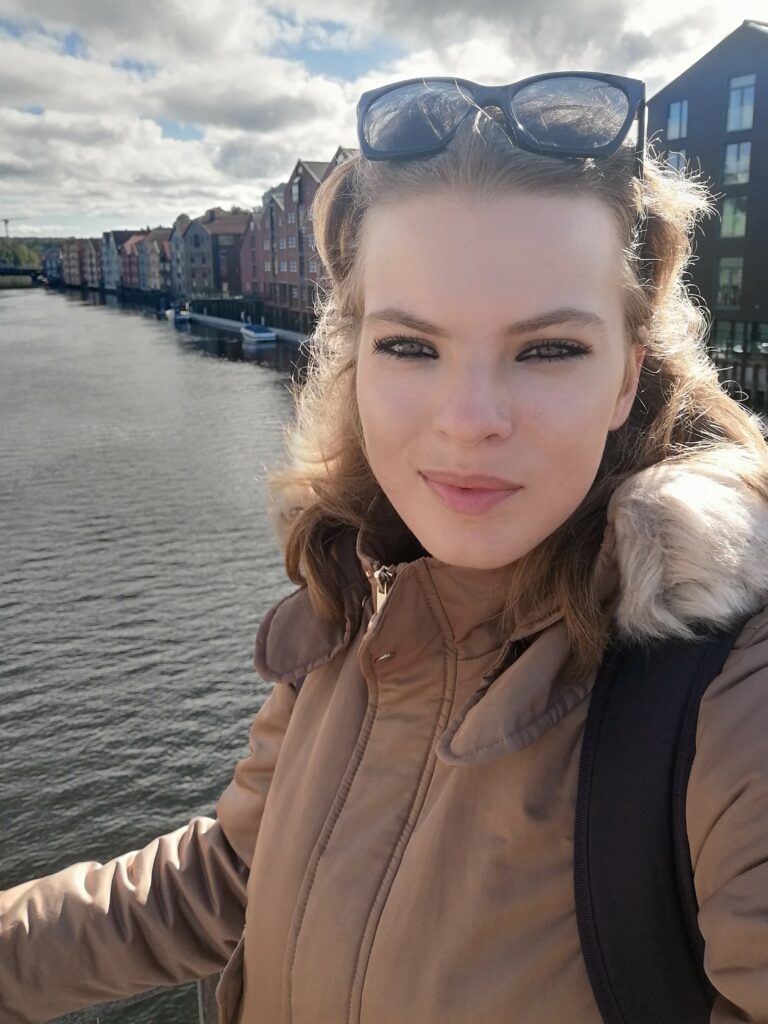
Hristina Dragovic
Department of Energy and Process engineering, NTNU
The project for my Ph.D. is part of the project named PredictCUI: “Experimental investigation of moisture transport in mineral wool“. The pipe is insulated using open fibrous materials such as mineral wool and insulation is protected from water ingress using a thin metal which is called cladding, but protection is never perfect, so water will enter in some locations and migrate through the insulation, causing the spread of corrosion, a common problem known as Corrosion under Insulation (CUI). This problem affects mostly petroleum and chemical industries. The research project PredictCUI will focus on building the physical understanding of the problem and developing humidity monitoring system that will help to locate where water has entered the system and improve the understanding of humidity transport in pipe insulation in general. Specially, the research work will be consisted of laboratory measurements that will be performed to improve understanding of transport mechanisms of liquid water as well as water vapor (diffusion of water vapor, transport of liquid water through capillarity, evaporation/condensation) in the highly open porous insulation materials. Laboratory measurements will provide measured data that need to be collected and analysed using computer code that will be developed for this purpose. In the PredictCUI project, measurements within experimental work package WP2 will be performed on three different temporal and spatial scales, in three different setups: annular setup, cross-sectional setup, experiments performed on NMR setup. Researchers including experimentalists from industry partners, NTNU EPT (Department of Energy and Process Engineering) and SINTEF will collaborate in this project.
Supervisors: Ole Jørgen Nydal at NTNU and Åsmund Ervik at SINTEF
E-mail: hristina.d.pejcev@ntnu.no
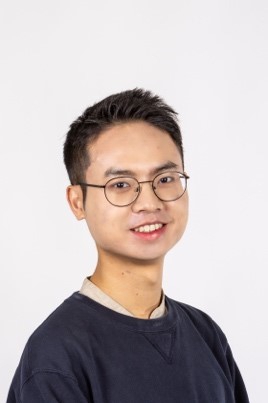
Yao Xu
PoreLab, University of Oslo
On 2 October, Yao joined PoreLab, Njord (UiO) as a Ph.D. student. He will work on the CO2Basalt project, where he will mainly investigate the convective mechanics of CO2 dissolved in water in model porous media and fractures and estimate the pH field using pH analysis methods developed by PoreLab, whereby he may develop numerical models that can simulate the density-driven convection.
E-mail: yaox@fys.uio.no

Vegard Gjeldvik Jervell
Department of Chemistry, NTNU
During my Ph.D., I will investigate transport properties at interfaces. The starting point of the research is classical density functional theory and kinetic gas theory.
Our aim is to develop a consistent theory with the capability of providing quantitative predictions of transport across phase boundaries. Furthermore, it is of importance that the theory should hold not only at uniform conditions, but also in the presence of large thermal gradients and in porous structures.
The possibility of accurately predicting transport coefficients at phase boundaries and in porous structures without the use of costly MD-simulations can provide a powerful tool in the development of battery technology, CO2- and hydrogen storage, separation technology, and much more.
Supervisor: Øivind Wilhelmsen
E-mail: vegard.g.jervell@ntnu.no
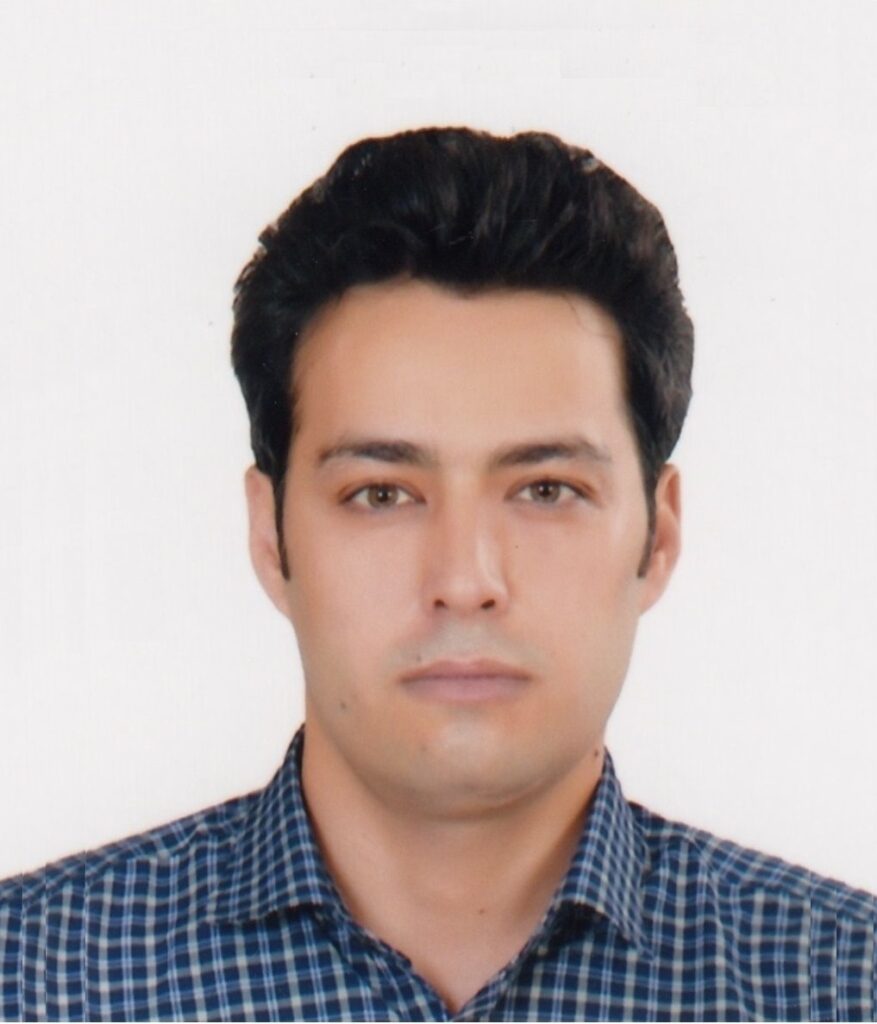
Reza Haghanihasanabadi
Department of Geoscience and Petroleum, NTNU
My research is about working on pore-scale modeling of multiphase fluid flow inside porous media using the lattice Boltzmann method. Various phenomena, including capillary entry pressures, layer flow, snap-off, cooperative pore-body filling, and trapping in multiphase flow, happen in the pore scale and they strongly depend on the wettability of a rock sample. This study aims to conduct direct modeling of multiphase flow on segmented micro-CT images of fluid distribution inside a porous medium seen in experiments to find the wettability map of the matrix surface. To do so, developing a workflow together with advancing the capabilities of an open-source LB code are considered, which can also be used for different physics concerning fluid flows inside porous media.
Supervisors: Carl Fredrik Berg / Eirik Grude Flekkøy
E-mail: reza.haghanihasanabadi@ntnu.no
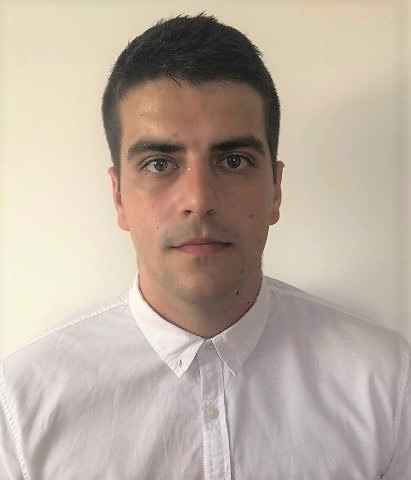
Tomislav Vukovic
Department of Geoscience and Petroleum, NTNU
The topic of my PhD is optimization of screening criteria for green enhanced oil recovery (EOR) methods. A well-designed screening process is crucial for the success of the green chemical EOR. Currently there are many uncertainties in process induced by the oversimplification of the procedures or by the lack of full understanding of the recovery mechanisms. Therefore the aim of my PhD is to describe oil mobilization process and recovery mechanisms in porous medium based on the dynamic emulsification behavior in self-designed oil traps using 2D micromodels. Additionally, zeta and streaming potential measurements will be utilized for the wettability alteration investigation. Extracted data will be used for the optimization of the screening criteria.
Supervisors: Antje van der Net, Umer Farooq and Ole Torsæter
E-mail: Tomislav.Vukovic@ntnu.no
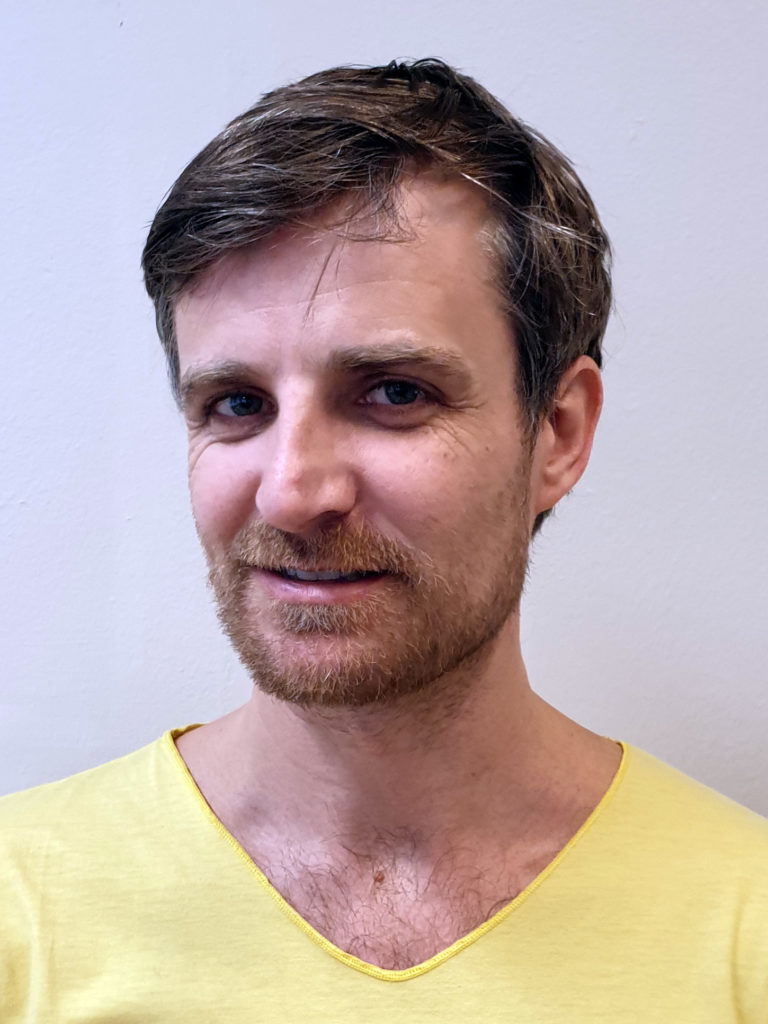
Joachim Falck Brodin
Department of Physics, UiO
Joachim’s research is centered around experimental studies of flow in porous media in a 3D set-up. The majority of the experimental work conducted in the field has been on 2D systems. His work includes the development and optimization of a 3D scanner, based on optical index matching of fluids and the solid, porous medium.
Currently he is focusing on the interplay between gravitational, capillary and viscous forces.
Supervisors: Knut Jørgen Måløy/Eirik Grude Flekkøy
E-mail: j.f.brodin@fys.uio.no
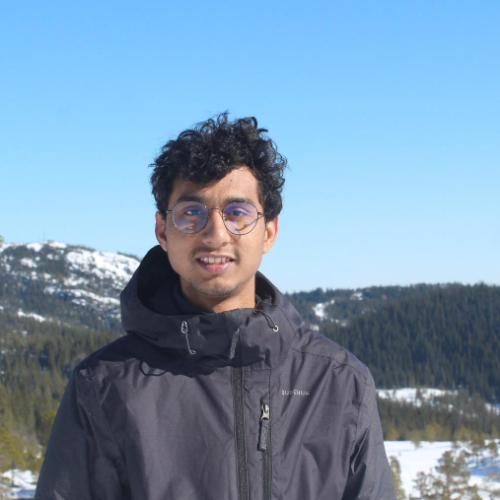
Mukul Jaiswal
Department of Physics, NTNU
E-mail: mukul.jaiswal@ntnu.no
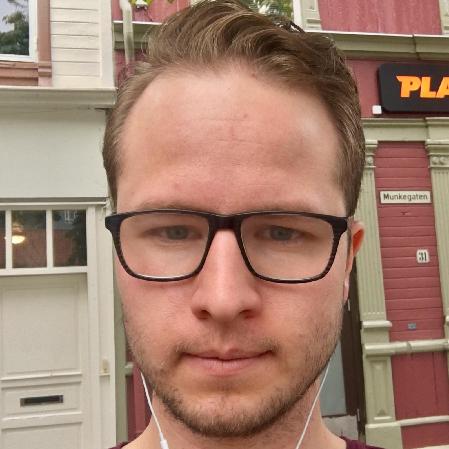
Christopher Devik Fjeldstad
Department of Mechanical and Industrial Engineering, NTNU
Supervisor: Astrid de Wijn
E-mail: christopher.fjeldstad@ntnu.no
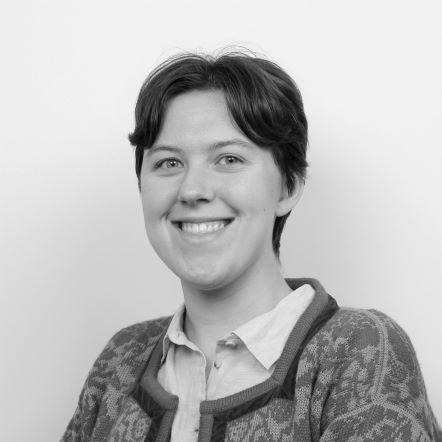
Kamila Zablocka
Department of Structural Engineering, NTNU
E-mail: kamila.zablocka@ntnu.no
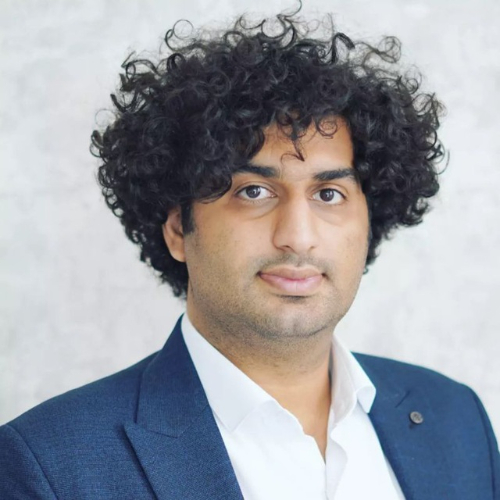
Mohammad Hemayati
Department of Civil and Environmental Engineering, NTNU
E-mail: mohammad.hemayati@ntnu.no
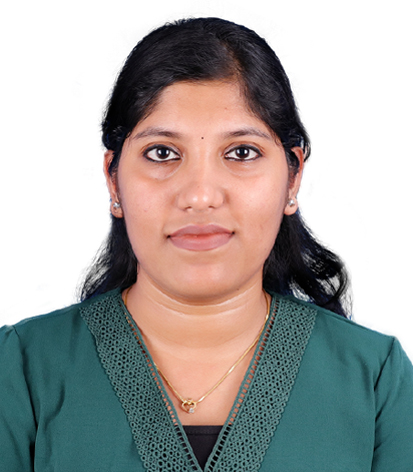
Arshitha Mathew
Department of Physics, X-ray group, NTNU
E-mail: arshitha.mathew@ntnu.no
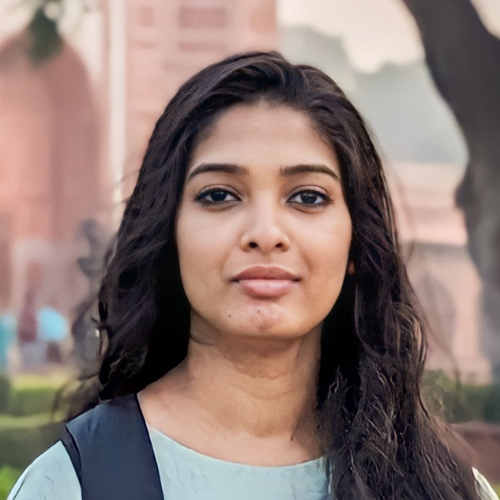
Shibi Tharayanmaru Palliyalil
Department of Physics, X-ray group, NTNU
E-mail: shibi.t.palliyalil@ntnu.no
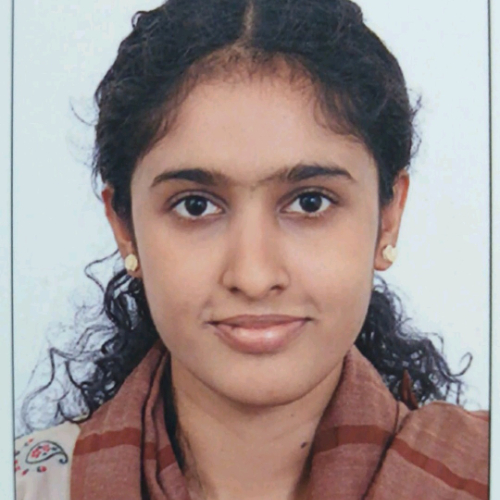
Soumya Pallipotta
Department of Physics, X-ray group, NTNU
E-mail: soumya.pallipotta@ntnu.no
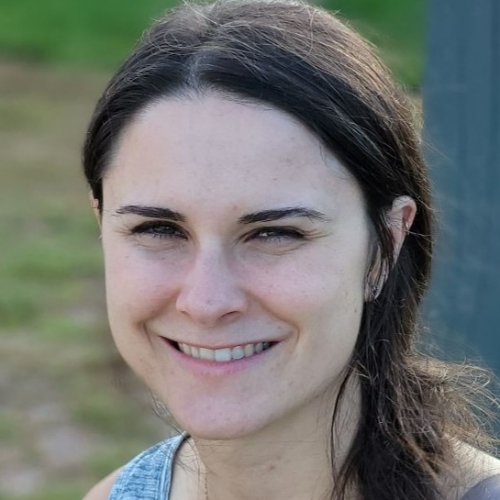
Jessica Zeman
Department of Physics, X-ray group, NTNU
E-mail: jessica.zeman@ntnu.no
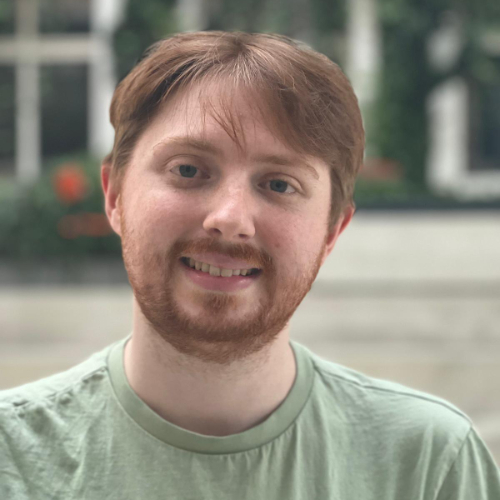
Joe Stickland
Department of Physics, X-ray group, NTNU
E-mail: joe.stickland@ntnu.no
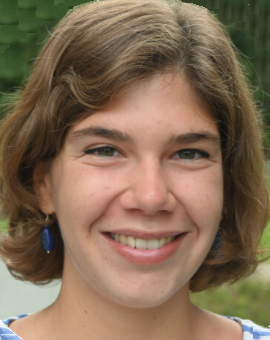
Mateja Macut
Department of Geoscience, NTNU
E-mail: mateja.macut@ntnu.no
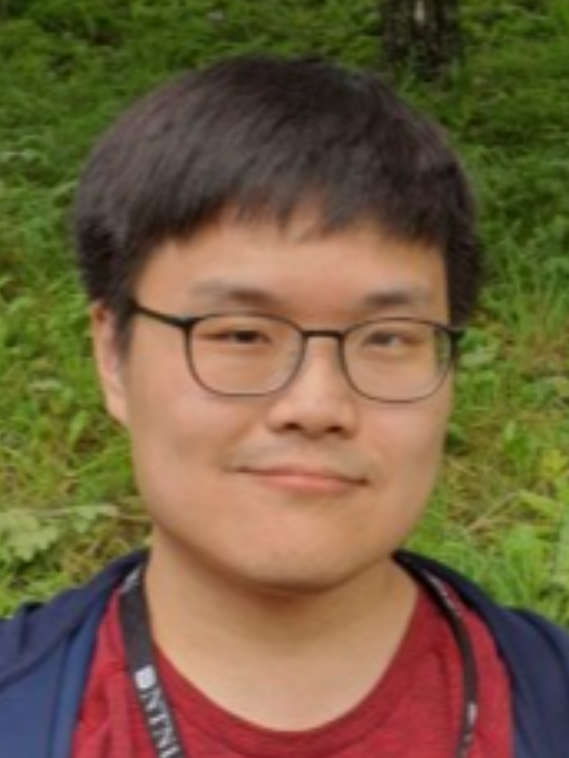
Tae Kwon Yun
Department of Geoscience, NTNU
E-mail: tae.k.yun@ntnu.no
